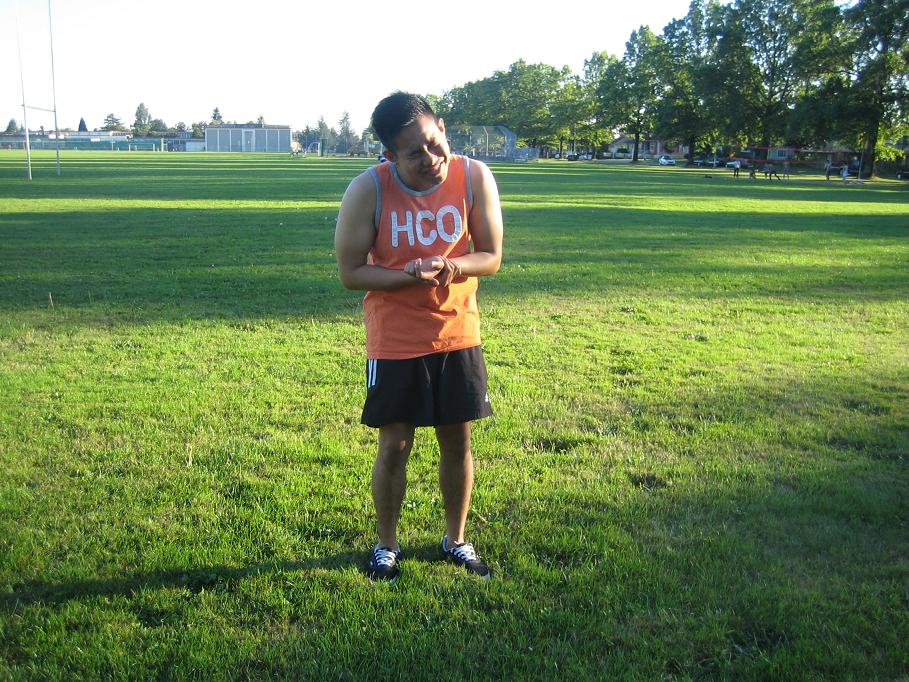Ulnar nerve palsy is loss of sensation and muscular weakness in the hand once the ulnar nerve is damaged. Generally, this nerve is responsible for the muscles that produce fine movements using the fingers.
The condition can disrupt with the ability to produce fine motions and perform daily tasks. In serious cases, ulnar nerve palsy can lead to muscle wasting or atrophy where the hand has a claw-like appearance. Furthermore, in some cases, surgery is required to fix this.
What are the indications?
Generally, ulnar nerve palsy is a progressive condition. The signs linked with the condition include the following:
- Tingling or burning sensation in the hand

The condition can disrupt with the ability to produce fine motions and perform daily tasks. - Loss of sensation in the hand especially in the little and ring fingers
- Loss of coordination in the fingers
- Pain
- Diminished grip strength
- Weakness of the hand that worsens with physical activity
The diminished hand strength can affect daily activities. Over time, poor control and sensation can cause the hand muscle to tighten and result to a claw-like appearance. Consequently, this is likely to develop in severe cases.
Management of ulnar nerve palsy
The nerve tissue typically recuperates slowly than the other types of tissues. Nevertheless, some of the signs of ulnar nerve palsy usually settle without treatment.
Some of the possible treatment options include the following:
- Over-the-counter pain medications
- Drugs to lessen the nerve spasms such as carbamazepine, gabapentin or phenytoin
- Corticosteroids to lessen the inflammation
- A splint for support to the hand and lessen the painful symptoms
- Physical therapy to improve muscular strength and function
- Lastly, occupational therapy
The doctor suggests surgery if there is significant nerve damage or the condition does not seem to improve.
FACT CHECK
https://en.wikipedia.org/wiki/Ulnar_nerve_entrapment


